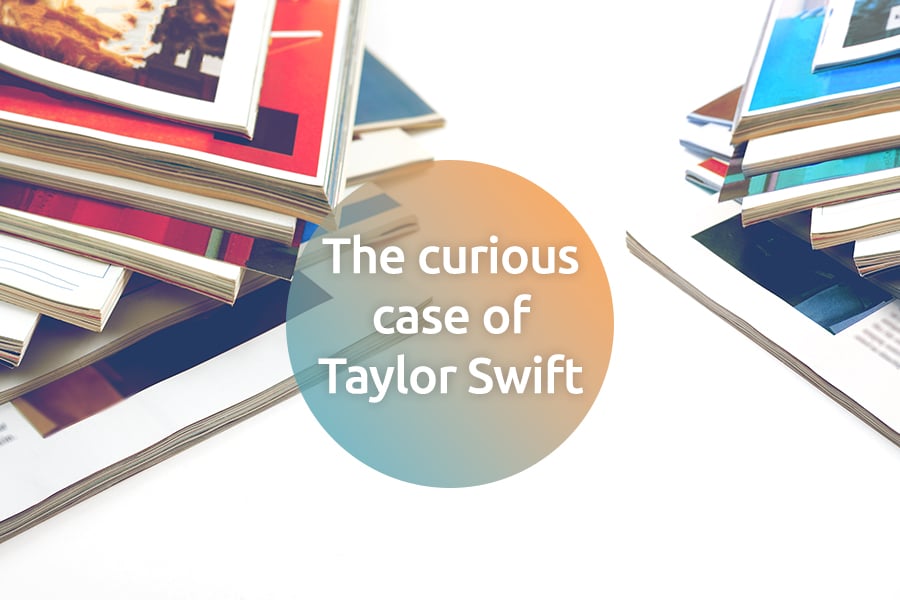A recent Court of Cassation decision has affirmed the principle that when separate infringement and invalidity proceedings are pending simultaneously, the court managing the infringement action should stay those proceedings until the validity action is concluded.
Relevant legal provisions
Article 76 of the Industrial Property Code states that a patent is invalid if it lacks novelty, inventive step and industrial application, or if it is contrary to public order or morality. In addition, according to Article 77 of the code, while a declaration of invalidity generally has retroactive effect, it does not affect the enforcement of a final infringement judgment. Moreover, a declaration of invalidity is not prejudicial to agreements concerning patent rights, provided that these have been finalised, unless the agreement provides to the contrary. Further, Article 123 of the code states that the forfeiture or invalidation of an industrial property title has erga omnes (“towards everyone”) effect once such decision has become res judicata.
Background
A declaration of invalidity of a patent, whether total or partial, has effect not only over parties to those proceedings, but also to parties in different proceedings. However, Italian IP law (both case law and statute) does not provide for the suspension of patent infringement proceedings in general, even when a proceeding on the validity of the same patent is pending before another court. Further, the proceedings cannot be joined in a single action.
The Court of Cassation (the highest court in Italy) had previously ruled that a court that is competent to preside over questions of infringement may assess the validity of the patent incidenter tantum – that is, by issuing a decision that is enforceable only for parties to the proceedings. In such cases, following a declaration of validity, the court may then determine whether the patent has been infringed. If, however, validity proceedings are filed in a different court while the infringement proceedings are ongoing and the second court makes a final determination that the patent is invalid, the first court must follow that decision in the infringement action if the proceedings are not yet final.
Decision
The Court of Cassation’s recent decision in Panotec srl v LCR Macchine Automatiche srl(15339/2016) signals a change in direction in Italy in such cases.
Panotec challenged a decision by the Court of Milan in a case concerning a patent infringement claim. Based on the procedural status of the case, the Court of Milan considered the validity of the patent incidenter tantum. As noted above, such incidenter tantum decision is enforceable only between parties to the same proceedings.
Panotec had also filed a request for a declaration of invalidity of the patent before the Court of Bologna while the infringement action in Milan was ongoing. This decision would have erga omnes effect – that is, it would apply even to parties outside the case.
Panotec requested that the Court of Milan suspend the infringement proceedings while the validity issue was pending before the Court of Bologna. However, the Court of Milan stated that deciding on the matter incidenter tantum would not lead to a conflict between the two proceedings, and thus denied Panotec’s request. The Court of Milan went on to find that Panotec had infringed the patent.
The Court of Bologna ultimately held that the scope of validity of the patent was narrower than the scope of the patent found to be valid in the Court of Milan's decision.. Based on this narrower claim scope, the Court of Bologna determined that there was no infringement.
On appeal, the Court of Cassation reversed the Court of Milan's decision, stating that patent validity is a threshold issue since it is a prerequisite for a finding of infringement. Thus, infringement proceedings should be stayed in one court when validity proceedings are pending in another court.
Comment
The Court of Cassation's decision will lead to a more efficient patent litigation system by avoiding the potential for differing rulings on the same issue in simultaneous proceedings before different courts.
The court's position is also consistent with the Rules of Procedures for the forthcoming Unified Patent Court. The rules provide for the possibility of merging validity and infringement proceedings before the same division, or suspending the infringement proceedings if there is a reasonable likelihood that the patent may be invalid.





